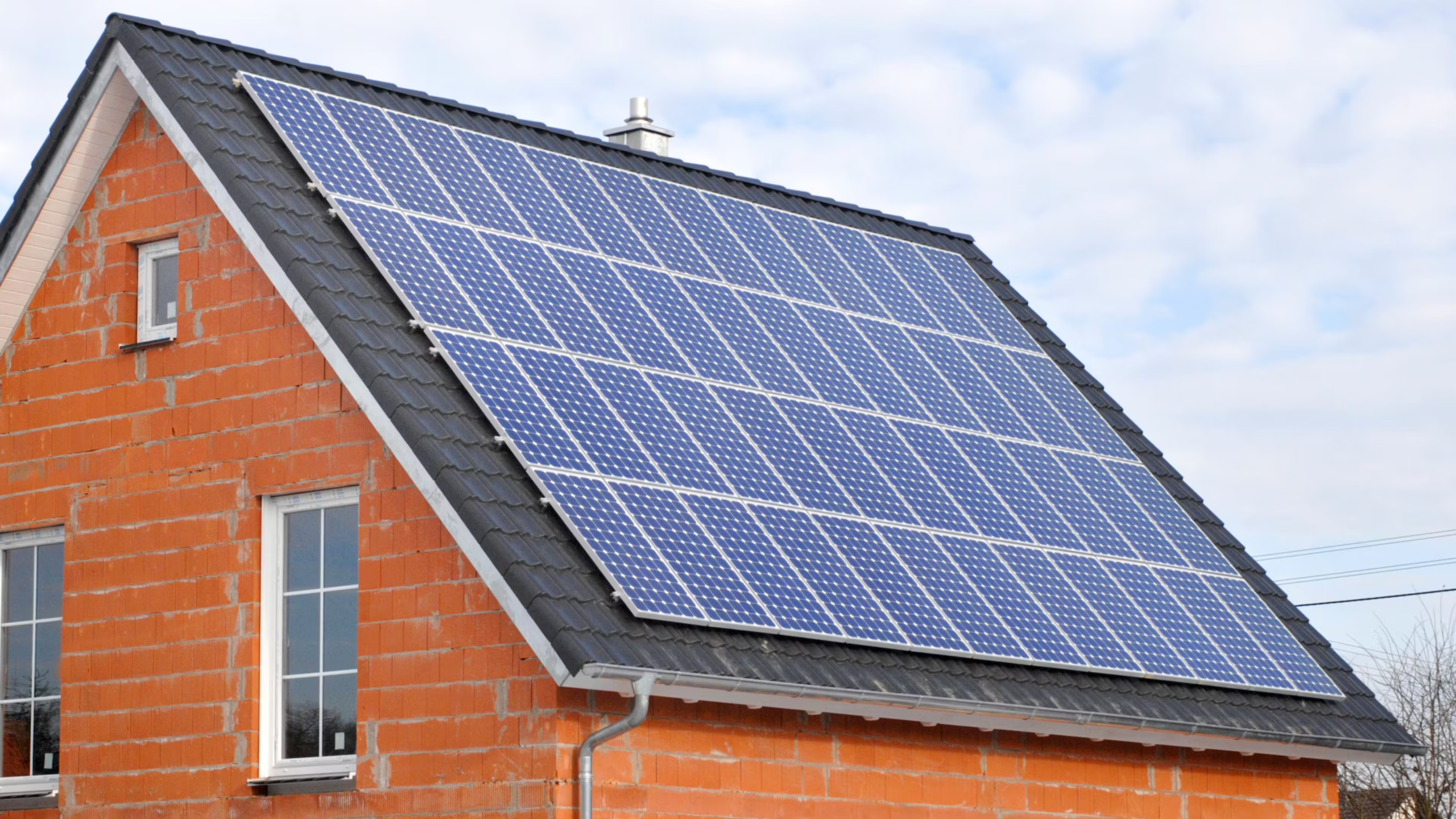ON the regional front, green-electricity interconnection project linking Vietnam, Malaysia, and Singapore will facilitate cross-border trade in renewables, directly advancing the ASEAN Power Grid’s goal of a resilient, sustainable, and highly integrated energy market.
“Solar power will be the main driver in achieving the country’s overarching RE goals. On top of the CRESS and CREAM, we expect the government to maintain its aggressive rollout of large scale solar (LSS) schemes,” said MBSB Research.
Package A with a quota of 1.5GW is for land-based solar power plants while Package B is for the remaining 500MW, specifically for floating solar.
Following that, we expect the Energy Commission (ST) to announce the bidding for LSS6, which will likely introduce another 2GW of solar capacity with battery energy storage system (BESS) requirements.
Sarawak’s strategic positioning as a hydro-centric renewable hub will be reinforced through a dedicated grid link to Peninsular Malaysia, further unifying the nation’s clean-energy infrastructure. Integrating Sarawak’s strength in hydropower balances Peninsular Malaysia’s thermal-heavy profile, reducing reliance on coal and gas plants during high-demand periods.
This will be a transformative move for the power sector. We expect EPCC contractors and M&E firms to be among the initial beneficiaries from this.
In a report last year, ASEAN Energy said the interconnection plan is to connect Peninsular Malaysia and Sarawak through grid-to-grid high-voltage DC (HVDC) subsea cables, with a planned 676km line capacity of 2 x 800 MW, or a total of 1.6GW. The implementing agencies are expected to be Tenaga Nasional and Sarawak Energy.
Under Strategy A1.5 of the 13th Malaysian Plan, Malaysia will launch a nuclear-power program slated to come online by 2031, integrating nuclear alongside renewables to decarbonise its grid.
MyPOWER Corporation will serve as the Nuclear Energy Programme Implementing Organization, responsible for governing the national nuclear program in accordance with International Atomic Energy Agency (IAEA) standards.
We view that nuclear power offers Malaysia a powerful lever to secure low carbon, reliable baseload capacity, which addresses the intermittency concerns and bolsters energy security.
However, it comes with steep capital requirements, complex waste and safety obligations. We maintain our POSITIVE stance on the Utilities sector and the Renewable Energy subsector, underpinned by the structural policy tailwinds for a deep decarbonisation trajectory in line with the targets under NETR.
We view that solar remains a multi-year growth engine, which will benefit EPCC players such as Solarvest (NR), Samaiden (BUY, TP: RM1.59), Pekat (BUY, TP: RM1.86), Sunview (BUY, TP: RM0.54) and Northern Solar (NR).
Tenaga (BUY, TP: RM16.40) will be the key beneficiary in the asset ownership space from both RE capacity expansion and grid upgrade investments. Meanwhile, the recent request for proposal (RFP) for new gas-fired power generation capacity also presents a positive catalyst for the sector.
This will be undertaken via two categories, which is the extension of the concession period for existing gas-fired power plants with expiring or expired existing power purchase agreements (PPAs) and through the development of new gas-fired power plants.
This is expected to add about 8GW of new capacity. We expect independent power producers (IPPs) such as Malakoff (NR) and YTL Power International (BUY, TP: RM4.51) to be among the front runners for this new scheme. —Aug 5, 2025
Main image: DriveElectric




